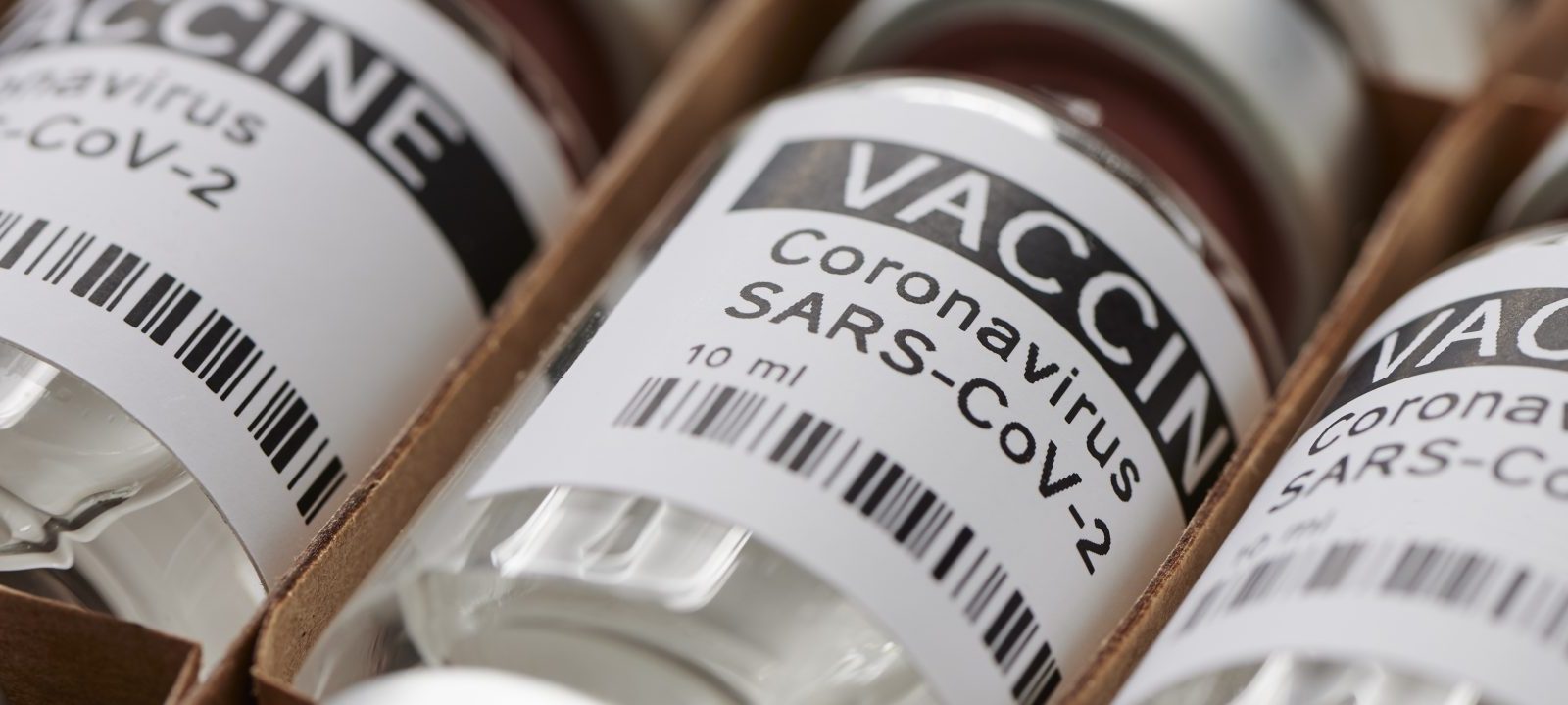COVID-19 and Pharmaceutical Serialization: One Year Later
Despite significant challenges caused by COVID-19 disruptions, the pharmaceutical track-and-trace sector has made strides in three areas to help secure the global supply chain now and well into the future.

The global business community has had little to celebrate recently.
The effects of COVID-19, blended with fluctuating global financial markets and ever-increasing competition across all sectors, have added intense pressure to balance-sheets and wages alike.
The pharmaceutical track-and-trace sector has not escaped unscathed either. The pandemic has, of course, been one of the worst disasters we have collectively faced for generations, resulting in hundreds of thousands of deaths, disabilities, and losses of livelihoods.
However, let’s recognize the strong way the pharmaceutical sector has risen to the challenges of the last 12 months. The pandemic has caused a level of evolution for the track-and-trace sector, which puts it in much better position in the future — both in the immediate post-pandemic period and in the years beyond.
1. An increasingly open supply-chain.
The virus has highlighted the importance of product track and trace, resulting in a supply-chain that helps minimize costs for pharmaceutical companies.
Indeed, we are already seeing the implementation of agile supply chain regulation that will require a strong industry-standard open interface and interoperability. To do this, the hardware and the software among different vendors needs to be much more aligned and should work much closer together.
The importance of this cannot be over-stated. The ability to track every single item, at every single stage of the process from source to supply to consumer, is essential. To have complete, watertight confidence that products are the bone fide, official ones, is an important step.
This is especially true in the current climate when we are working flat-out to service the global COVID-19 vaccination in the face of ongoing counterfeiting in the drug sector. At the start of February 2021, 3,000 fake vials of COVID-19 vaccine were seized in China, an operation resulting in the arrest of 80 people. With depressing predictability, I am confident this is just the tip of the iceberg, and fake vaccines will continue to be distributed across the world.
When you look at the wider counterfeiting operation in the pharmaceutical sector, the World Health Organisation (WHO) predicts that 10% of pharma products worldwide are counterfeit, with the global counterfeit drug market exceeding an eye-watering $75 billion. Research further estimates that the death-toll caused as a result could increase to 10 million people by 2050. Further estimates by the World Health Organization show that between 72,000 and 169,000 children may die from pneumonia every year after receiving counterfeit drugs, and that fake anti-malarial medication might be responsible for an additional 116,000 deaths.
On the surface, this move towards an open, agile supply-chain might seem a bold step within the pharmaceutical sector. But we are already seeing some inroads being made, which will help provide a solution to the dependency on the production of medication in specific regions. It can also ensure we can all benefit from the confidence in the quality of the medicine and equipment that we are supplying professionally and taking personally.
2. Local production and sourcing.
While there is a still an overwhelming reliance on geographies such as China for the supply of much of the globe’s medications, the COVID-19 pandemic has caused this pattern to start to shift. Just as we are seeing a move to a much more open supply chain, we are seeing a move towards local production and sourcing through the repatriation of supply chains into Europe and the USA.
This repatriation is a big deal for the future of the pharmaceutical sector. It signals confidence in the capabilities of Europe, resulting in ongoing investment into the continent. This will result in job creation and a renewed interest in the brand-name of Europe as a global center to produce essential pharmaceuticals.
3. Investment in digital solutions.
While you would naturally expect track-and-trace providers in the pharmaceutical sector to be driven by the latest technology, the recent 12 months have ensured the industry has collectively re-evaluated the technology it needs, versus the technology that was in place.
The technology driving the actual serialization processes was, as would be expected, of the latest-generation and latest-specifications. However, in line with almost every other business sector across the globe, pharmaceutical serialization companies have also had to invest in systems that are conducive to complementing what is likely to become the new working norm. With client meetings, team catch-ups, and even signing valuable business deals now reliant on the latest technology, the sector has seen a quiet, behind-the-scenes digital revolution over the past year, one which will stand it in strong stead for the future.
This article is not meant, in any way, to overlook the damage caused by the global pandemic. It has been a disaster for millions of people and many thousands of businesses. The terrible effects are likely to be felt by generations to come. However, if you dig deep enough, it is possible to grasp at the seeds of hope that it has thrown to the pharmaceutical track-and-trace sector and look ahead to how we can collectively harness these opportunities for the future good of the wider pharmaceutical sector and society.
View the original article here



